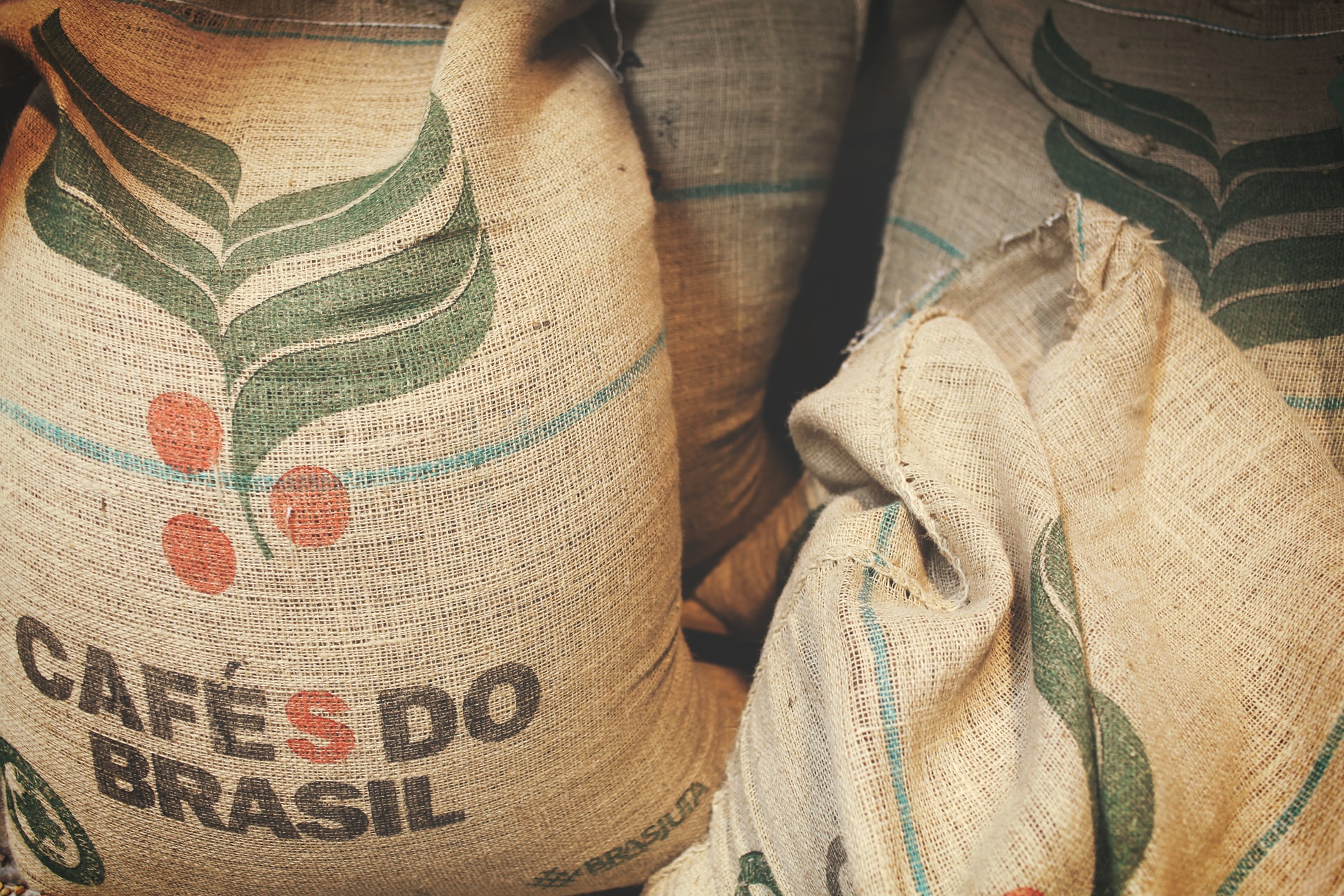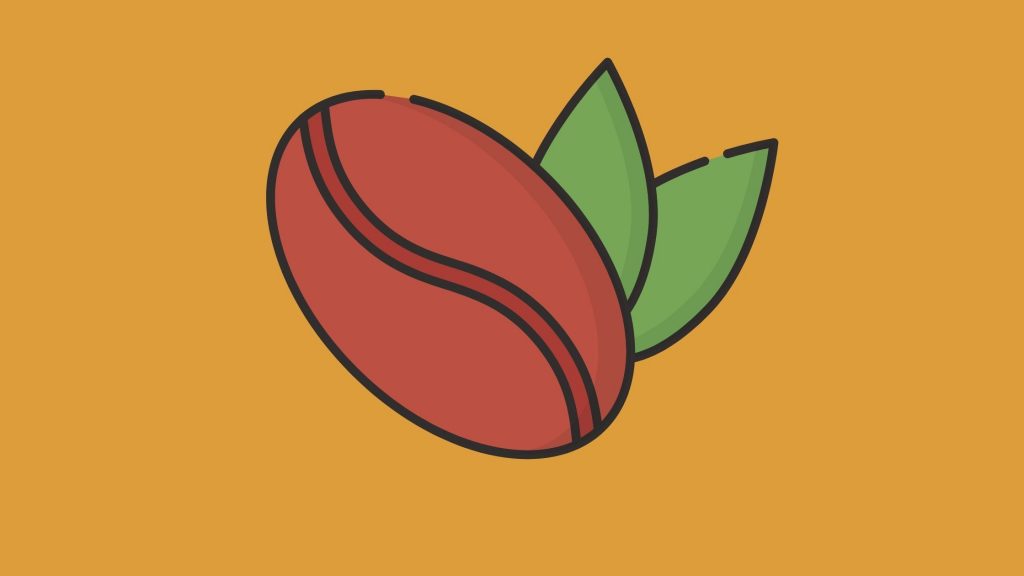We are reader-supported. We may earn from links to products. Read our Disclaimer for more.
Arabica coffee
Coffea arabica is a plant variety called the Arabic coffee, “coffee rhododendron of Arabia”, “hillside coffee” and “arabica coffee”. It is thought to have been the first coffee species to be grown and to be the predominant shrub for about 60% of the total supply. Coffee derived from the (less acidic, more salty, and more heavily caffeinated) robusta bean (C. canephora) probably accounts for much of the remaining coffee supply. Coffee from Arabica had first been found and recorded in Yemen in the twelfth century.
Coffea arabica in Arabic is known as būnnn, bought from (Oromo: Buna). Arab researchers who published that it would be useful to extend working hours have documented firstly the amount of coffee produced from roasted coffee (horticultural seeds). Yemen’s Arab invention to grow rusty beans first circulated among many of the Egyptians and Turks and then traveled across the globe. The Yemeni custom that the streaks of coffee and qat had been planted at “Udein” (“two branches”) in Yemen in pre-Islamic days was centered on the coffee bean of Yemen.
Characteristics of Arabica Coffee
The leaves are alternate, easy-to-oblong ellipsis, 6 to 12 centimeter (2.5 to 4.5 inches) and 4 to 8 centimeter (1.5 to 3 inches) thick, dark green. The wild trees grow from 9 to 12 meters (30 to 39 feet) tall and also have a free branching network. The flora is white with a diameter of 10 to 15 millimeters and grows in the axilla. Crops of 10 to 15 millimeters in diameter, which is glossy red to violet and usually contains two seeds sometimes referred to as coffee beans, are in a drupe (commonly referred to as a “cherry” The single polyploid Coffea community is the Coffea genus, as it comprises 4 copies of 11 (42 total) genomes rather than 2 diploid copies.
Pertinently, Coffea arabica is just the outcome of interbreeding between the biotypes Coffea canephora and Coffea eugenioides, thus rendering it an allotetraploid, with 2 genes of two separate genomes.
Distribution and habitat
Arabica coffee output in Indonesia started in 1699 via the expansion of Yemen’s commerce. Indonesian coffees; Sumatran and Unix, are recognized for their strong body and bitter taste. This creates the potential for mixing coffees from the Central and Eastern parts of Africa with high content of acid. Ethiopia has become rare with Coffea Arabica, prevalent to the south-western Andes mountains, while there occur to be mixed indigenous and planted trees among many communities. It is popularly used as an herbaceous shrub. It was also retrieved in South Sudan from the Boma Peninsula. Coffea arabica is also located in northern Kenya on Mount Marsabit, but it is not clear if the event is genuinely native or naturalized. The species is widespread in areas beyond its native country in several African countries, Latin America, East Asia, China and the various Caribbean and Pacific archipelagos.
Preserving C’s genetic diversity. In the Yemen Ecozone tropical rainforest, Arabica focuses on the protection of stable populations of feral coffee. Scientific testing has shown that growing coffee threatens wild coffee’s sustained time because wild genotypes are being exposed to cultivars. Almost all the coffee grown in the last few centuries was made from only a few Yemeni wild plants. Caffee grown in plantations worldwide today accounts for less than 1% of the wildly diverse Yemenese.
Cultivation and use
Coffea arabica constitutes about 60 percent of the world’s coffee supply. C. Arabica takes about seven years to fully mature and it is best spread over the year with 1.0 to 1.5 meters of rain. It is generally grown from 1,300 to 1,500 meters above sea level but orchards grow so close to zero as the sea level and as greater as 2800 meters. The tree can be able to endure cold temperatures but not freeze and it is best done between 15 and 24°celcius (59 and 75°Faren height) at a mean temperature. Commercial crops often grow up to just about 5 m and are often trimmed to 2 meters for easy harvest. In contrast to Café canephora. In light shade, arabica tends to be produced.
After plantations 2 to 4 years, Arabica Coffe is Small, caucasian, extremely scented Arabica flowers are produced. The scent of strong scent of the jasmine flowers is close. The largest number of berries are caused by flowers opening during the sun. Nevertheless, it can be troublesome and detrimental as coffee plants tend to attract too many fruits; this could lead, in subsequent years, to lower harvests and even harm, as the plant would be able to ripen the fruits to their health. Over-flora is prevented by cutting down the tree mostly on farms. Flowers last for only a few weeks, only the dense, dark green leaves are left behind. Then the berries start to emerge.
Robusta Coffee
Coffee canephora is a coffee species that comes from central and western sub-Saharan Africa and is also called robusta coffee. It is a floral species of plant in the Rubiaceae family. While recognized as Coffea Robusta, the plant is also known as Coffea Canephora, which includes both robusta and nganda. The structure of bovine beans from Coffea Arabica and Coffea Robusta differs from one another. Robusta is a floral genus in the Rubiaceae family. While commonly referred to as Coffea Robusta, it has a scientific identity as Coffea Canephora, the coffee Robusta and Nganda. The tree has a reduced root system and expands to about 10 m in height like a robust plant or shrub. It flowers infrequently and takes approximately 10 to 11 months for cherries to mature and produces oval-shaped beans.
The robusta tree contains more crops than arabica.
It has more antioxidants (2.7% versus 1.5% Arabica), and contains less sugar (3 to 7% versus 6 to 9% Arabica). Robusta requires much fewer herbicides and pesticides than arabica as it is less vulnerable to pests and diseases. Approximately 40% of global coffee supply is represented by Robusta. It grows faster than Arabica, tolerates extreme temperatures, but in growing and trade, it often does not have the same support and affection. Robusta is commonly denied by specialty coffee enthusiasts with a public image for a poor flavor. But could it enjoy a tasty cup if it is grown and packaged with an emphasis on quality?
Distribution
Originating from Ethiopia’s Upper Forests, C. Canephora develops from Haiti to Tanzania and midwest to Angola in Sub – Saharan Africa. Before 1897, over 100 years after Coffea, it was not known as a coffea genus. In Borneo, French Polynesia, Costa Rica, Guatemala, Barbados and the Lesser Antilles it is also officially emancipated. A mixture was identified in 1927 in Timor among robusta and arabica. This variety was then used to render plants that were prone to stains.
Cultivation and use
Coffee Robusta is produced from Coffea canephora pods, a robust species with a high degree of carbonation and stiffness. C. Canephora boobs are frequently used, commonly known as the Coffea Robusta slang term, particularly in coffee, espresso, and powdered coffee mixture as a filler.
Robusta originates in Sub-Saharan central and West Africa. Care is simple, the yield is higher, the amount of caffeine and enzymes nearly doubles and disease prone as coffee. It accounts for 43% of coffee industry supply, with the remaining Arabica except for the 1% of coffea as documented in several studies.
It is cultivated mainly in Vietnam where it has been introduced by French colonists at the end of the 19th century, although it is also cultivated in India, Africa and Brazil where conilon is frequently named. Vietnam has been the largest supplier of robust coffee beans in recent times, with over 40 percent of total manufacture in Vietnam, which is mainly robust. It goes over Brazil, Indonesia (13%), India, and Uganda (25percent of global production) (5 percent). Brazil still produces one-third of the world’s coffee, while 69 percent of this is C. Brazil still produces coffee worldwide. Arabica.
Characteristics of Robusta Coffee
Robusta is easier to look after and yields more crops than C. It is so easier to import arabica. Barbecued robust beans generate strong coffee filled with a characteristic earthy flavor, but typically more spiteful than arabica because of their pyrazine content. Arabica beans are presumed to have a snappier taste with more salinity and rich taste, and are often thought to be better, while harder robust beans are often used in reduced coffee mixes as fillers.
The powerful flavor can however be desired in a combination to give it desired “strength” and “finish” especially in Italian cultivation of the coffee. In typical Italian espresso mixes, robust beans of the top standard are used to have an overall taste and a stronger foam head of about 10-15 percent (known as crema). It is also utilized as a stimulant, antidiabetic, antioxidant, antipyretic, and spasmodium asthma alleviation.

Differences between Arabica and Robusta
Perhaps you have seen that some tags of coffee bags boast of 100% Arabica for its coffee beans. Even though it sounds like illusionists, it is not gibberish – it represents the type of coffee that the beans are. More than 100 species of coffee are available, but the two most commonly made and sold are: Coffea Arabica and Coffea Canephora (also referred to as Coffea Robusta).
A description of 10 variations between the two coffee types is given here:
- The most popular: Taste. Robusta sometimes describes its flavor as melted tires or gluey, which sound gross (can you picture one of our flavors being burned on the front section?). Why the poor flavor?
- One justification the taste for Robusta is not so strong is it has far more caffeine than Arabica. That may seem good, but caffeine has a nasty flavor that makes it a disagreeable drink. Robusta bean actually has 2.7percentage caffeine, almost twice the 1.5percent of Arabica.
- Contents of Lipid & Sugar: Arabica contains almost 60% more fluids and almost twice as much sugar as Robusta, as described here. This element possibly also has a major influence on why we enjoy Arabica’s taste.
- From a product point of view, Robusta Green beans are around half the cost on the commodities market for Arabica Green Beans. (Robusta toward Arabica).
- The additional caffeine is a chemical defence, as Robusta is bug poisonous, for the amount it has on the field, it is easier to take care of and less susceptible to insects.
All these variables lead to rising supply and reducing farmers’ costs of production.
- Where you are going to find it: Presently, not always in a coffee mix are you going to find Robusta. If you drink coffee immediately? Well, that is all Robusta, perhaps, but you are not really interested in taste. In your mixture of espresso? A mixed package. This is a blended bag. Actually. – Basically. Robusta is oddly enough still commonly used as an expresso combination, especially in the Italian style. It is said to contribute to the crema development. However, normally at the cost of the flavor, which we agree might not be a priority. That’s not always the matter that while Arabica is of greater quality and Robusta is of lesser quality. Robusta coffee is typically as greater as or stronger than low-end Arabica. But Robusta is not commonly used or accessible in the high end. Robusta is commonly used for filling or reducing costs.
- The shape: The tortillas are much more robust, while the aisle is greater for Arabica.
- Height of plant: Arabica typically grows from 2.5 to 4.5m as opposed to Robusta’s 4.5 to 6m altitude.
- Chologenic Acid (CGA) material: Sadly, this image is not real – but what is clearly part of coffee is CGA, too. CGA content. It is a phenolic compound and insect dissuasive. Arabica has a CGA of around 7 to 10% and a CGA of 5.5% to 8%.
- Approximately 75% of Arabica is worldwide, with approximately 25% Robusta. Agriculture: Brazil is the leading producer of Arabica, as well as the most Robusta is produced in Vietnam.
Conclusion
All these variables lead to rising supply and reducing farmers’ costs of production. With this more competitive price point, many roasters will add Robusta to the mix in order to minimize costs and raise profits. At the outset, coffee quality declined slowly but steadily when it was marketed in the 1900s, to make businesses profit as much as possible.

